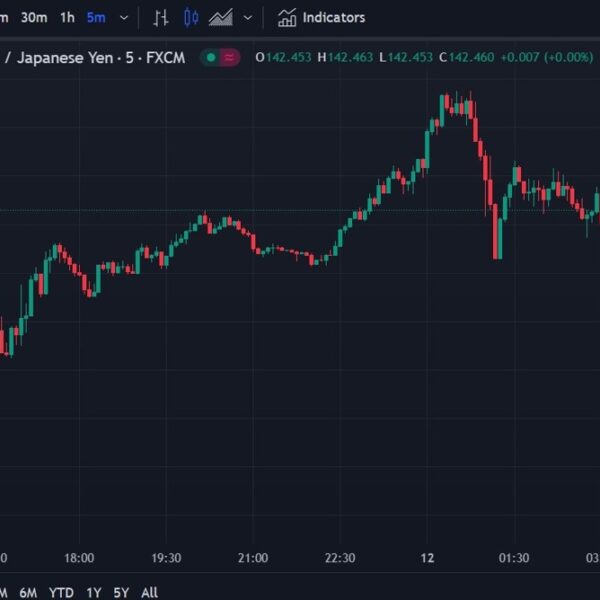morfous
Co-authored with Philip Mause.
Crown Castle Inc. (NYSE:CCI) is a REIT (Real Estate Investment Trust) that owns and operates cell towers, small cells, and associated fiber, which primarily serves the mobile phone industry. The company owns and operates a vast network of communications infrastructure, with 40K+ towers, ~90K route miles of fiber, and ~115K small cells on air or under contract.
CCI now pays an annual dividend of $6.26 for a yield of 5.4%. With an estimated 2024 full-year AFFO of $6.97, its current price/AFFO multiple is at 16.5x, well below its historical average.
At these yield and price/AFFO levels, CCI should attract the attention of yield-oriented and value investors. It is in a growth industry but pays a relatively high yield. CCI has a history of annual dividend increases but did not raise its dividend in 2023 and does not intend to raise its dividend in 2024. No doubt, this has played a major role in the market’s cooling toward it.
The Industry – CCI is in what is often called the cell tower industry. This industry serves mobile telephone carriers by providing towers and other facilities (small cells and fiber), which they can use to locate equipment necessary for the transmission of signals, conversations, and other materials carried on their systems. The business has generally been considered attractive because of several factors. The amount of mobile traffic is constantly increasing as mobile phone producers ramp up their capacity to transmit and receive traffic, including streaming video. Thus, from a long-term perspective, the industry has been viewed as a “growth industry.”
The industry also can be viewed as a “wide moat” business because of the expense associated with, and the frequent opposition to, the construction of more mobile towers. In addition, the industry is concentrated with three big players – American Tower (AMT), SBA Communications Corporation (SBAC), and CCI – which mainly has the effect of limiting aggressive price competition.
For these reasons, in the past, this subsection of the REIT space performed well in the 2015-2020 period. It has stalled since then for various reasons. The largest obstacle has been the T-Mobile/Sprint merger. This merger of the 3rd and 4th largest mobile carriers in the U.S. created the opportunity for the merged entity to dispense with some usage of cell towers. The two companies that merged had been leasing cell tower space with long or intermediate-term leases. In some cases, the merged entity paid a termination fee to exit the leases which were considered to be redundant. In other cases, they simply waited for the lease to run off and not renew.
From an income perspective, this was a significant negative factor for companies in the cell tower subsector of the REIT space. Where termination fees were paid, cash flows were protected, but only in the short run. As a result of this problem, the three major cell tower companies have not performed well recently. In addition, the macro-environment of high interest rates, which is generally bearish for REITs, hasn’t helped.
The Cash Flow Hurdle – The major issue for CCI is that dividend coverage has gotten tight. Its AFFO (Adjusted Funds From Operations) of $3.005-3.055 billion estimated for this year (estimates for CCI are pretty solid because most of its revenue is under long-term contracts with reliable customers) is barely enough to cover the dividend, which will cost $2.736 billion. On top of this, capital expenditures should be roughly $1.3 billion for 2024. As a result, in the first six months of this year, net debt increased by some $748 million. CCI’s debt/EBITDA ratio has reached 5.9 compared with a stated target of 5.0. There does not appear to be any short-term liquidity crunch as CCI has a strong BBB credit rating, some $5.5 billion availability in its revolver, and only roughly $2 billion in debt maturing through 2025.
In the past year, CCI came under pressure from activist investor Elliott Management and from a former CEO (in a proxy contest). At least some of this pressure is geared toward a decision to sell its least profitable fiber segment. CCI has named a new CEO and is undertaking a strategic review. Thus far, the review has led to various cost-cutting and capital expenditure-limiting measures designed to address the issues outlined above.
It is likely that we are near the bottom of the curve with CCI, as organic growth should overwhelm the negative after-effects of the Sprint/T-Mobile merger within the next 2–4 quarters. Once cash flow starts moving up, things should improve. CCI has a way to reach a level of cash flow that is sufficient to sustain the dividend and capital expenditures without continuing to increase debt. On the other hand, the stock could trade up substantially if CCI experiences an up quarter or a successful sale of the fiber business.
Bottom Line – At this price, CCI is an attractive investment for the long-term investor willing to be exposed to certain risks. In thinking about where we go from here, there are probably three reasonably likely scenarios.
There is a small, but certainly non-zero, risk that the dividend may be reduced. Looking at the numbers, this would be one of the quickest and surest ways to prevent the debt load from increasing and to move toward a situation in which the debt/EBITDA ratio was reduced. This would be a short-term problem, and the stock would ultimately rebound as AFFO growth began to resume and increase, leading to increases in the dividend.
Another event that could lead to a big change in the share price would be a sale of all or part of the fiber business. Depending upon the terms of the deal, this could help resolve the debt issue and provide the company more flexibility going forward. It would also reassure investors about the dividend and drive up the share price.
The third and most likely scenario is “business as usual” – efforts at minimizing costs and optimizing capital expenditures, gradual increases in revenue and cash flow, and preservation of the dividend. With the Sprint cancellations in the rearview mirror, it can increase EBITDA sufficiently through cost reductions and organic revenue growth. The debt/EBITDA ratio will slowly decline, and the dividend will become more secure by the quarter. In time, CCI would make enough progress to resume dividend raises.
Meanwhile, the Federal Reserve’s shift to quantitative easing is bullish for the sector in general, and if CCI decides to sell the fiber business, this should allow it to obtain more favorable pricing.
On balance, this is a very attractive opportunity for the reasonably risk-tolerant investor. In the long term, CCI should trade at a multiple in the 20s and at a lower dividend yield. The company was once priced as a growth REIT, but growth has stalled, and the valuation has fallen to reflect that. As CCI resumes growth, investors could see significant price upside and the potential for dividend growth to resume in future years.















